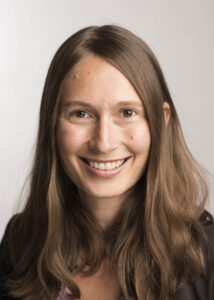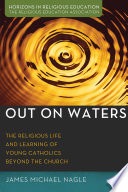Roman Catholicism
Select an item by clicking its checkbox
In Interfaith Justice and Peacemaking, an integrative core class which explores the history of tolerance, intolerance, and interfaith efforts in the United States, one of the core texts we use is Eboo Patel’s Out of Many Faiths: Religious Diversity and the American Experience (2018). Central to Patel’s argument is ...
Date Reviewed: June 22, 2021
This book explores one “place” where the religiously-affiliated and religiously-disaffiliating regularly meet—Catholic secondary schools—and something interesting is happening. Through a series of ethnographic portraits of Catholic religious educators and their disaffiliating former students, the book explores the experience of disaffiliation and makes its complexity more comprehensible in order to advance the discourse of fields interested in this significant movement in religious history and practice. (From the Publisher)
“Teaching is an art and not a science,” states David Blix, Wabash College. It is about “interacting with students” in a “friendly manner” which is to say that teaching is about what he does in his everyday life. A deeply engaged student-centered teacher of religions of the world, Blix was a Carnegie Scholar at the Carnegie Institute for the Advancement of Teaching in Palo Alto, California.
The “I” That Teaches - A new video project that invites senior scholars to talk about their teaching lives. These scholar-teachers candidly discuss how religious, educational, and family backgrounds inform their vocational commitments and, also, characterize their teaching persona. From the vantage point of a practiced teaching philosophy we get an intimate account of the value and art of teaching well.
Click here to watch all episodes of "The "I" That Teaches" on YouTube
See Also:

